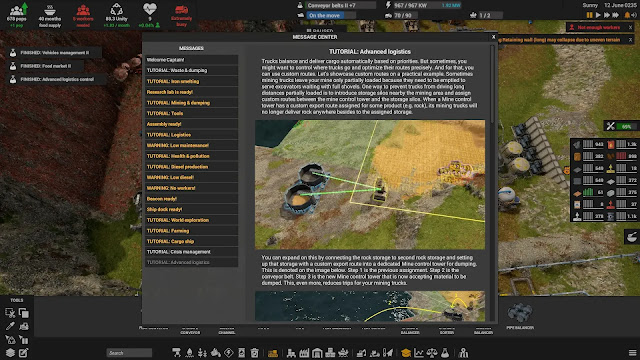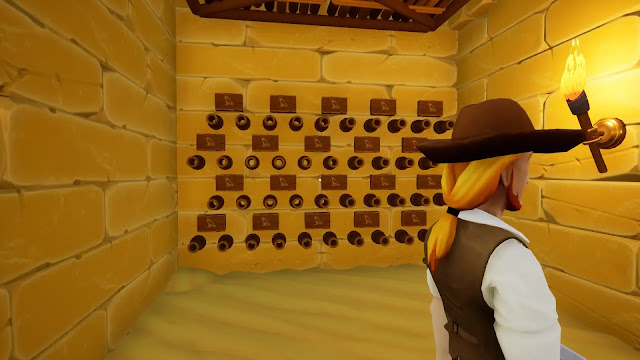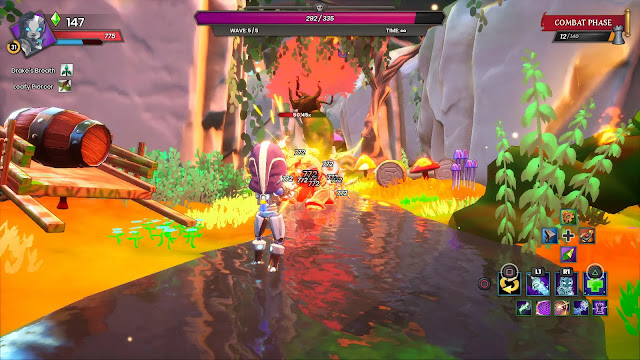Captain of Industry by developer and publisher MaFi Games—PC (Steam) preview written by Hayden with a copy provided by the publisher.
Estimated Reading Time: 7 minutes.
Indie developers MaFi Games have delivered an exemplary entry into the colony-building genre with Captain of Industry, hitting lots of strong points with very few hang-ups. Here, you’ll go from a small group of survivors off a damaged cargo ship to a thriving industrial hub with aspirations of space travel. Or maybe you’ll end up with a deserted industrial wasteland of rusting machinery after your fertilizer production broke down and your people starved. Whichever way it goes, it’s all up to you and your ability to juggle ever more complex industrial chains.
| A factory in the rain, probably on the road to ruin unless I can solve its power problems. |
First Impressions
The new player experience is often critical to the success of a game, especially for the colony and management sims. It doesn’t matter how many features and tools a game has if the player can’t find them or gets overwhelmed. The first time I loaded up Captain of Industry, I worried that this was going to sink the game. A single window pops up of “things to do asap” didn’t really provide any explanation of how one was supposed to proceed.
By the time I had bravely poked at a couple of buttons unguided, however, I found these worries were unfounded. Captain of Industry provides tutorial notifications as small banners on the left side of the screen. Clicking them opens text explanations (with pictures!) of how things work, in a clear and straightforward manner. I quickly found myself up to speed with the basics and noticed a nice touch: further tutorials popped up notifications as items unlocked via research in the game’s extensive tech tree. Unlocked the ability to build a mining control tower? Here’s a pop-up directing you to tutorial pages on how to set up mining zones, dump unwanted products, etc.
 |
| Early tutorial pages are simple, but later ones make good use of images to get the point across. |
Beyond tutorials and instructions, the game itself looks crisp and well defined, with nice bits of artistic flair throughout. The transport trucks in the game change visually depending on what type of cargo they are hauling. Open bins let you see the contents, closed cargo containers or fluid tanks as they all appear based on truck tasks. MaFi Games has even made sure the cargo bins lift up to dump cargo here, adding to the immersion. The terrain is in a clear and bright palette where the game overlays a series of grid lines and contours when different tools are selected. Even the ocean water surrounding the island hits the right mark. Glossy highlights make it look liquid, a bit of heaving, ocean-like movement is present, but no GPU-consuming whitecaps will be seen.
Quality of Life
Captain of Industry nails its spot as a colony and management sim with very carefully positioned quality of life features. These have had such an impact that I wish these were now present in other games I have played! Most obvious at the start was the automation of the transport vehicles in the game. Using simple toggles and priority settings on virtually every building, the trucks, and vehicles fairly smartly between destinations.
This relies heavily on pathing, which is an area that many games show weakness - but not this one. Captain of Industry doesn't leave you wondering why a truck can’t take a certain route, it gives you the tools to figure it out. Every vehicle in the game has the ability to toggle a Navigation overlay, which highlights the entire playing area in green and red, showing the player where unexpected deformations may have interrupted a route.
 |
| The Navigation Overlay takes the guesswork out of "why can't my vehicles use that route?" |
Next up on the list of things that I (now) wish other games had is simple, clear feedback when connecting machines. Captain of Industry offers the player several different types of pipes and conveyors to make permanent connections between machines. Connection ports are shape-coded based on what kind of connector is needed, but this isn't all.
Successful planned connections have a small green plug icon pop up above them before the placement is finalized. Use the wrong connection type, and a red plug icon pops up indicating there is a problem at the junction. These little icons alone have saved me huge amounts of frustration. Much of the chasing-down problems that other factory games have conditioned me to expect simply don’t happen here.
 |
| I never knew how much I needed a tiny pop-up to tell me something won't work until I got used to seeing this. |
Before I spend too much time waxing eloquently on all the virtues of the game, I’ll leave you with one more example of the thoughtful quality of life items that MaFi Games has included - output value normalization on every machine’s info panel. Like many other production games, Captain of Industry uses different cycle speeds for different buildings.
Unlike other games, a simple toggle changes the machine’s output display from showing the value per cycle to showing output per 60 days. This setting carries over to every machine's info panel automatically. Trying to balance the output of factory cycles that take 5, 7, 9, and 13 days with each other? Simply toggle the switch, and every cycle’s output per 60 days is shown for easy comparison. The player still has to balance these, but it is terribly refreshing to not have to calculate these values myself.
What makes it unique?
A new game always has to answer the question "what makes this one different?". For Captain of Industry, it is the ability to traverse and explore the world around you. The damaged cargo ship that brought the player to the island initially can (and must) be repaired. Repairing the ship is an early-game milestone and unlocks Captain of Industry's key world exploration mechanics.
Managing your island’s finite resources only goes so far, and interacting with the world to get more is essential. From settlements you can trade with to offshore resource nodes (mines, oil rigs, etc.), refugees (providing population and a smattering of materials), and pirates, this really sets the game apart. Letting players explore is an aspect that many other colony sims neglect - too often we are given the map to play on and that’s it.
Conclusion
Captain of Industry joins a fairly crowded genre of games, falling somewhere between Factorio, Cities: Skylines, and SatisFactory. Players who enjoyed one or more of those three will likely enjoy Captain of Industry. With more features on their roadmap, this already impressive title is going to be a hard one to beat. MaFi Games has done an excellent job here, and it really feels polished even at the start of Early Access. I strongly recommend picking this title up, even during this Early Access stage. This game is on course for a 9/10, and I'm excited for what else is added before full release.
Captain of Industry is a colony sim/management game that hits all the right notes. Clear graphics convey what the player needs to know, and a bevy of quality of life features here work so well that I wish I saw equivalents in other games.
Just having released into Early Access on 31 May, 2022, Captain of Industry already feels like a release-quality title. MaFi Games has done an excellent job here, and I strongly recommend picking this title up right away, even in the Early Access period.
Score: N/A
















































